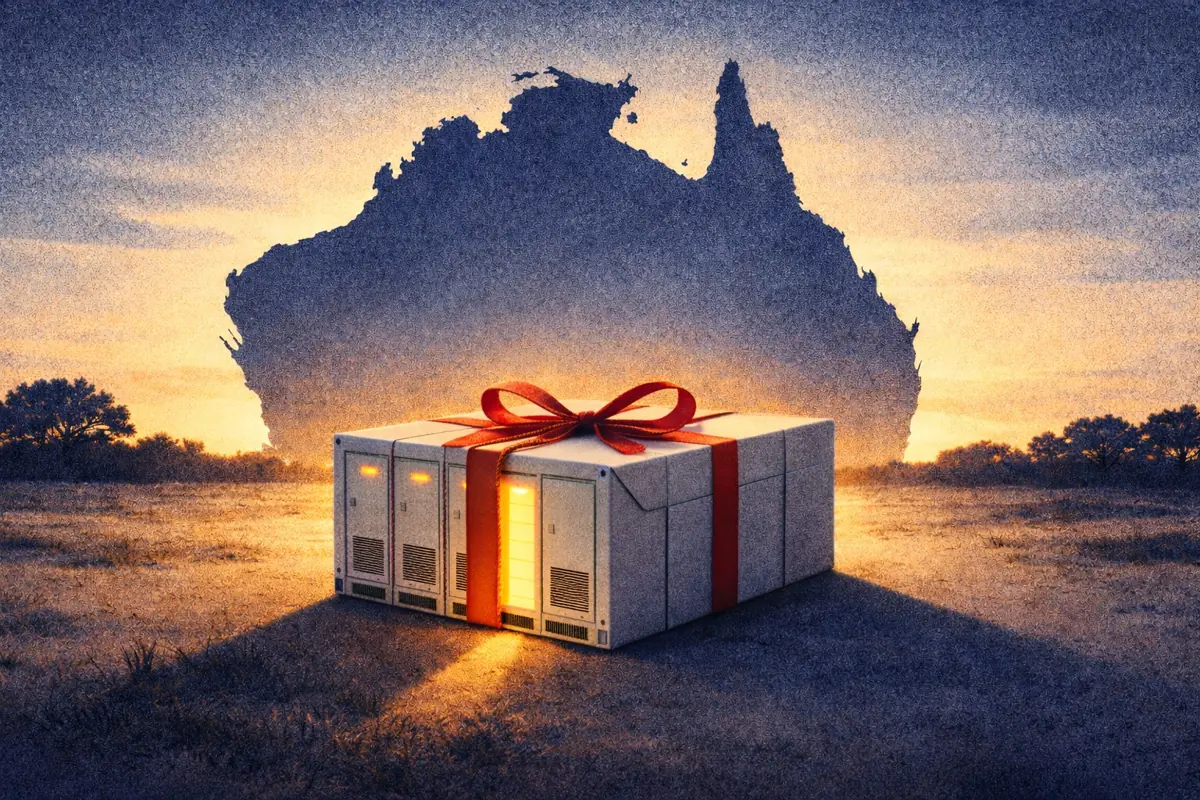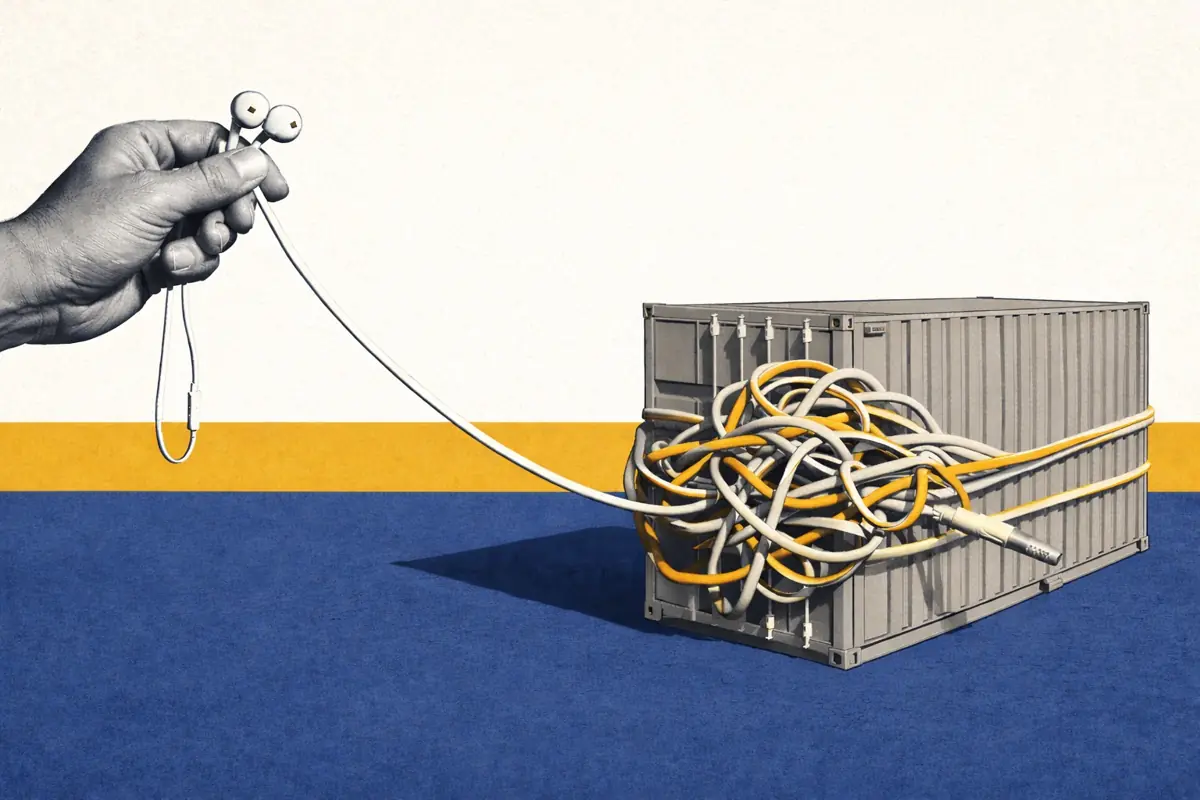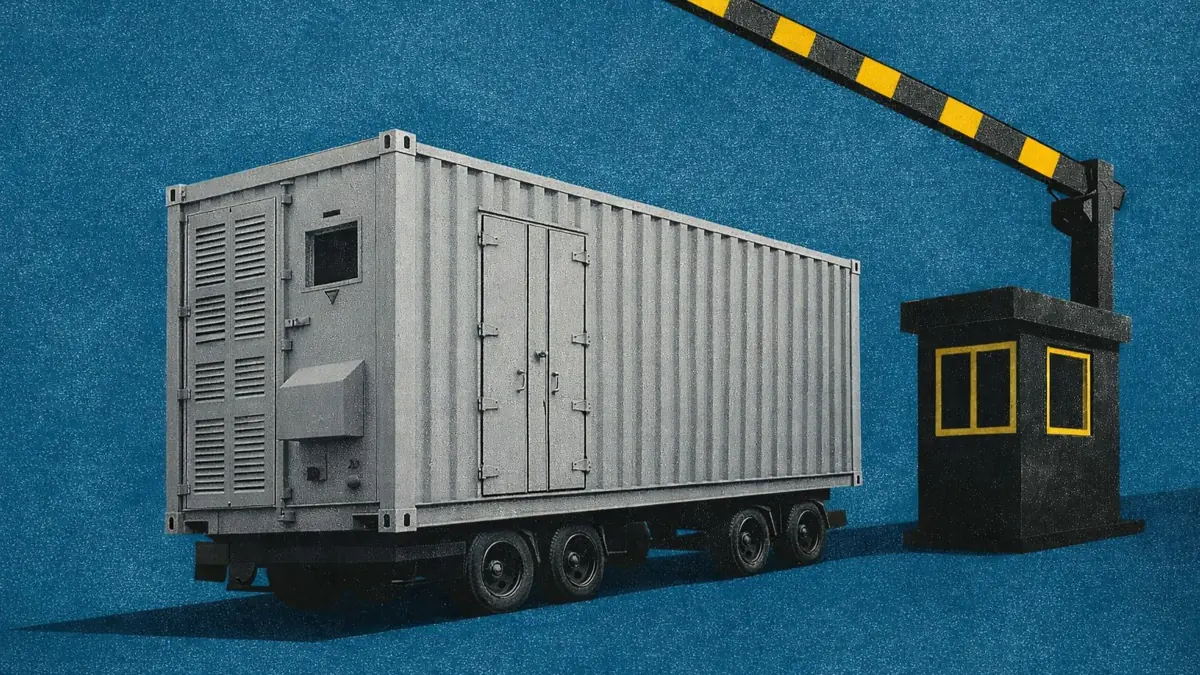Balancing Mechanism: how deep is the market for battery energy storage?
Balancing Mechanism: how deep is the market for battery energy storage?
The saturation of frequency response markets means that the Balancing Mechanism is quickly growing in importance for battery energy storage. However, low utilization and relatively high skip rates have stunted the potential of batteries in this service. National Grid ESO is actively seeking to improve this - through its upcoming Open Balancing Platform.
But even if batteries are called upon more often in the Balancing Mechanism, how deep does the market go? And, with battery capacity set to grow significantly, is there a risk of saturation?
There are many ways to calculate the depth of the Balancing Mechanism. In this article, we explore one of these - the amount of energy dispatched in both Bid and Offer directions.
The Balancing Mechanism dispatches an average of 3 GW of power continuously
The control room continually dispatches Bids and Offers throughout the day. The energy required at any one time, and the direction of this, is volatile - and depends on system conditions. Over a long enough timeframe, this volatility starts to even out.

Over the past twelve months, the control room dispatched an average of 71 GWh of energy through the Balancing Mechanism each day, across both Bids and Offers.
On a power basis, this is equivalent to 1.5 GW of power continuously being dispatched in either direction (or 3 GW in total).
System-flagged actions have accounted for 39% of energy dispatched through the Balancing Mechanism in the last 12 months. However, system-flagged actions are not readily available to all batteries, for locational and/or technical reasons. System-flagged actions for batteries today are rare (with the co-located Whitelee battery being one exception).
When looking solely at non-system-flagged actions, just under 2 GW is continually being dispatched across both Bids and Offers.
Battery storage currently competes for only a fraction of this
Within non-system-flagged actions, there are further limitations that batteries face. For example, at the moment, batteries in the Balancing Mechanism are effectively limited to dispatches of 15 minutes or less. You can read more about this here.

This limitation essentially means that batteries are currently only able to compete for 24% of non-system flagged volume in the Balancing Mechanism.
This results in an average of just under 11 GWh of total daily energy output from these dispatches. This is equivalent to a continuous power requirement of 440 MW, across both directions.

The battery fleet has a long way to go before it can fill this volume within the Balancing Mechanism
Total battery energy storage capacity in Great Britain stands at 2.9 GW / 3.5 GWh today. The 2.9 GW of capacity is much greater than the 440 MW of power required by the Balancing Mechanism. However, the continuous energy requirement of this means that battery storage has a long way to go before it can fulfill this volume.
10.5 GWh of daily energy volume would require over 5 GW of one-hour batteries to cycle twice daily - to fully provide this one portion of Balancing Mechanism actions.

So, if National Grid ESO successfully improves the utilization of batteries in the Balancing Mechanism, there is still plenty of room for growth before batteries fill out this requirement.
But which technologies are currently responsible for these actions? And what would it take for batteries to displace them?
Battery storage needs to out-compete CCGTs and pumped storage
Currently, Combined Cycle Gas Turbines (CCGTs) dominate much of the Balancing Mechanism - and this remains true even when we look specifically at the actions that batteries could compete for (non-system-flagged actions, of 15 minutes or less). Pumped storage is also responsible for a significant portion of this volume.

- CCGTs have provided 72% of this volume over the last twelve months.
- Pumped storage has provided a further 18%.
For batteries to increase their market share in the Balancing Mechanism, they will need to out-compete these two technologies.
Ultimately, this will require battery storage to provide more advantageous pricing to the control room. Battery storage currently prices itself between CCGTs and pumped storage.

- Pumped storage receives a premium for both Bids and Offers, compared to batteries and CCGTs.
- Batteries and CCGTs tend to receive similar prices - though batteries do get a slight premium on average.
- In general, prices in the Balancing Mechanism have been falling over the last twelve months, in line with declining gas prices. Bid-Offer spreads have also all fallen over this period.
Improvements in the control room should allow battery storage to begin to displace pumped storage
Pumped storage averages 2 GWh of energy daily, within this potentially battery-friendly portion of the Balancing Mechanism. This is roughly six times the volume of battery energy storage dispatched on average in August. And this pumped storage volume is mostly dispatched at prices more expensive than those received by batteries.
This is likely due to technical reasons. Pumped storage provides a similar, fast-acting response to battery storage - but can be dispatched in much larger chunks, which are currently easier for the control room to action.
However, if skip rates for battery energy storage can be improved, it should begin to out-compete pumped storage for this volume.
Displacing CCGTs will require more competitive pricing
CCGTs account for a further 7.5 GWh of energy dispatched each day in the Balancing Mechanism (again, looking specifically at non-system-flagged actions of 15 minutes or less).
On average, in the past twelve months, CCGTs have received prices 6% lower than batteries for Offers, and 19% higher for Bids. As a result, they have a price spread 14% lower than batteries currently receive.

If battery energy storage is to out-compete CCGTs for this volume, it will have to price more competitively. This could mean receiving 14% less value per cycle in the Balancing Mechanism.
A much larger pool of dispatch volume is available for battery storage to ultimately compete for
If battery energy storage can effectively provide the dispatch volume that is (currently) longer than 15 minutes in duration, this would open up the remaining 76% of energy capacity required for non-system flagged actions. This averages 33 GWh of energy per day, equivalent to 1.4 GW of total continuous power output across Bids and Offers.
For this volume, batteries would largely be competing with CCGTs. This means, again, they may have to reduce their Bid-Offer spreads to remain competitive.

System-flagged actions account for the remaining portion of Balancing Mechanism volume. System-flagged actions are less consistent, as they respond to specific issues on the grid. This means that some days (or even months) might see little to no system-flagged actions taken.
A significant portion of system-flagged Bids are due to wind constraints in Scotland. The capacity of battery storage is set to grow significantly in Scotland. This will be partly based upon the expectation that it can ultimately begin to offset wind curtailment by storing this energy instead.
Battery energy storage saturation in the Balancing Mechanism is a long way off - if skip rates improve
Batteries have historically shown that they can out-compete pumped storage and CCGTs for price. Firm Frequency Response was mostly provided by pumped storage and CCGTs, before battery energy storage capacity increased. Batteries eventually pushed both technologies out of the market - and lowered prices.
If battery energy storage can be successfully used to its full potential, it would be no surprise to see this happen in the Balancing Mechanism, too. But, given the huge amount of energy dispatched in the Balancing Mechanism today, this is unlikely to happen for a long time.
Therefore, the numbers indicate that the Balancing Mechanism can be an incredibly deep market for battery energy storage. It is also expected to become even deeper, as more renewable capacity comes online. However, this hinges on National Grid ESO's ability to successfully reduce skip rates for batteries in the Balancing Mechanism.
Note: some numbers in this article have been amended after publication.







